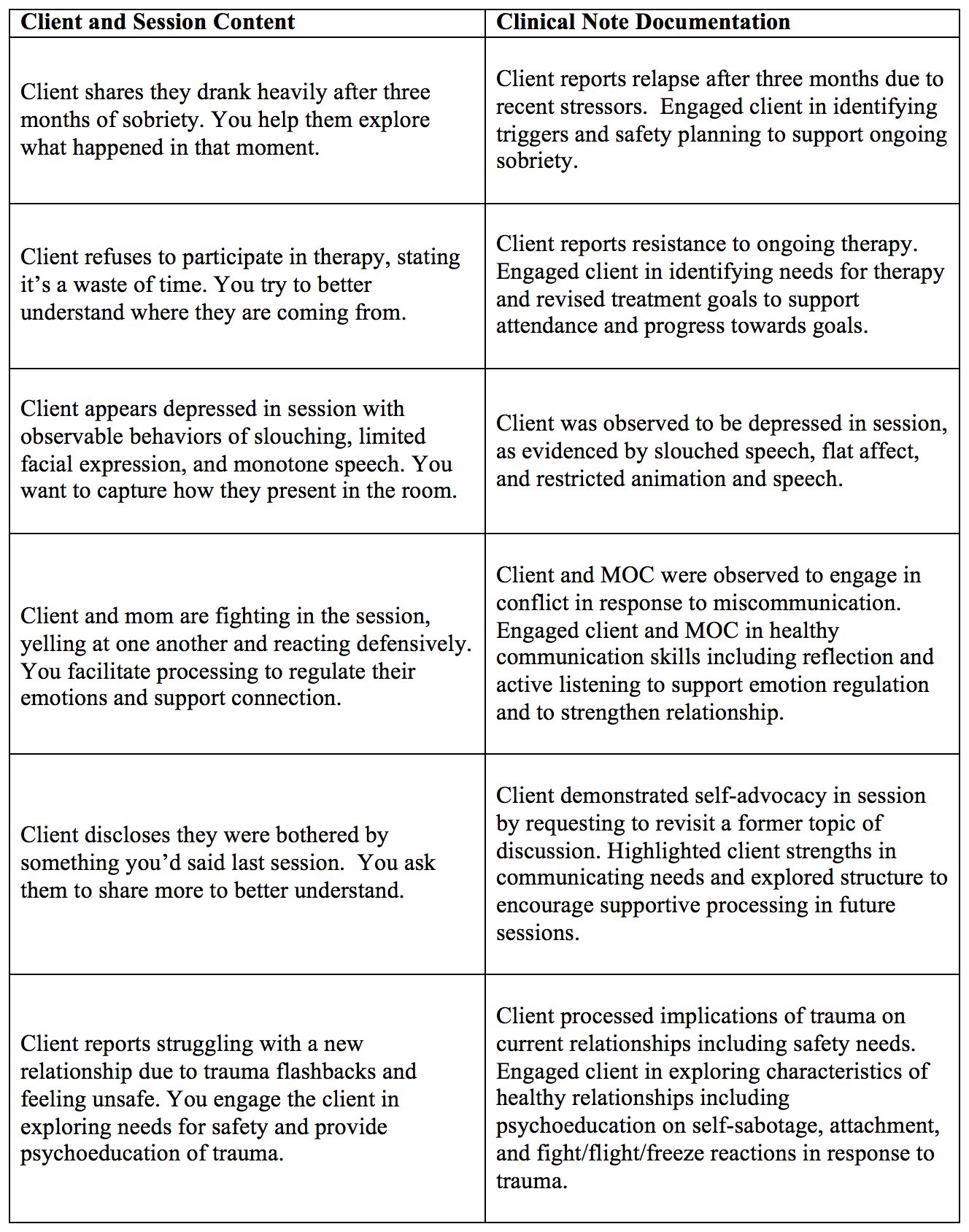If you aren’t familiar with the term Highly Sensitive Person (HSP) it refers to about 15-20% of the population who possess a unique sensory processing trait which allows them to pick up more on subtleties in the environment, resulting in deeper processing and often being easily overwhelmed with stimuli. HSPs are often gifted with having a rich inner life, complex imagination, and deep empathy for others.
Most HSPs exist on a spectrum of sensitivity, with about 1 in 5 HSPs who are considered High Sensation Seeking. High Sensation Seeking HSPs often experience life with ‘one foot on the gas, one foot the break’. Since they are often drawn towards stimulating environments, they often don’t appear as your ‘typical’ HSP. However they often need more time to recover from those stimulating experience than non-HSPs.
As a therapist in private practice, you have plenty on your plate. Networking, continuing education, billing and insurance, not to mention the emotional work of hearing client’s stories of suffering and pain day after day. Given HSPs make up only 15-20% of the population, why should you care about them? And why do they matter to your practice? You might be surprised.
1) HSPs Are Probably Already Your Clients
If you are thinking to yourself that you don’t have an HSP clients, think again! Remember that fun 80/20 rule? Dr. Elaine Aron (the official HSP guru) believes that, in psychotherapy, HSPs are the 20% of the population that make up 80% of your client base.
I suspect you have at least one client on your caseload who is highly sensitive (or a high sensation seeking highly sensitive person). They may be aware of their trait and embracing it, aware of their trait and fighting it, or not aware of this trait at all.
You already take into account many demographic details of your client, such as age, cultural background, gender identity, and trauma history. Why would you ignore your client’s innate temperament in the care you provide? Wouldn’t you want to know a critical detail about your client’s nervous system and adjust your treatment approach and expectations accordingly?
2) They Are Your Most Loyal Clients
When HSPs are receiving supportive therapy, in a setting where they feel valued and cared for, they will become your most loyal and dedicated clients. You may see them make progress fairly quickly. They probably will continue to see you even after the original issue has been treated.
One reason for this phenomenon is that many HSPs learn to view self-care not as a luxury, but as something inherently necessary for them to manage a delicate nervous system in a stimulating world. With their capacity for deep emotional and intellectual processing, therapy is a consistently needed outlet for their busy brain. If the client has the resources to do so, they may see seeking outside support from a therapist as a lifelong investment, not something that only occurs when they are in crisis or their needs are acute, although this may be how they initially come to your practice.
Even after their original issue has been managed, you can expect them to continue to support your business, either by continuing to see you for maintenance sessions, bringing their family and friends to you, or by sending clients your way who are also HSPs.
3) They May Be Your Most “Complex” Clients
When I use the term “complex”, I refer to clients with multiple concerns who appear to stall on progress despite long term or intensive support. They may also be the clients who you see frequently due to complex and challenging issues. They may be the client where you find yourself continually hitting dead ends or that feeling you are ‘missing something’.
When treating HSPs, one must take into account how HSPs are impacted by differential susceptibility and vantage sensitivity. Simply put, these phenomena mean HSPs may have more long term negative effects than non-HSPs from adverse experiences or environments, but they thrive more than non-HSPs in enriching environments or relationships. Thus, HSPs who experience difficult childhoods are more likely to have anxiety and depression than non-HSPs. They may even be mistakenly diagnosed with Borderline Personality Disorder.
The key is not to use the HSP trait as the reason for all your client’s ailments. It is to understand their susceptibility and take into consideration the delicate interaction between this trait, their environment, and whatever issues they are facing. For example, if your client is a person of color and/or part of the queer or trans community, you must also consider how the compounding impact of racism, oppression, heterosexism or cisnormativity, may impact HSPs vs. non-HSPs.
When you take high sensitivity into account with your most ‘complex’ clients, you may need to reexamine and reframe your client’s past and current experiences. Stressor that may seem ‘minor’ to you or the client, but can actually have significant impact on an HSP’s psyche and physical health. You may need to support your client in reevaluating their past, lifestyle choices, and experiences with acknowledgement of their HSP trait. From there you may uncover some of the blocks to the client’s recovery and healing.
4) Awareness of a Client’s Sensitivity Can Improve Treatment Outcomes.
If your client is an HSP, you and your client have the potential to become frustrated or dishearten with lack of progress or barriers if you are not taking into account the client’s sensitivity. This may manifest as having the focus of treatment goals is in opposition of their innate temperament. You and your client may be frustrated because therapy goal’s are not taking into account your client’s finely tuned nervous system.
You will never find a cocktail of medication that will prevent HSPs from processing deeply or being highly sensitive (although some clients report certain medications and supplements can help lessen sensitivity). You will never be able to ‘treat’ an HSP until they are no longer moved by others suffering or deeply empathetic. An HSP will never become ‘cured’ from picking up on subtle stimuli in their surroundings, but they can learn skills to manage overwhelm.
For example, most HSPs who work 40+ hours a week in a stimulating environment don’t have much energy left over at the end of the day. If your HSP client is wanting to be more social in order to meet more friends, but continually finds themselves not leaving the home after work, both of you may feel frustrated of their lack of follow through around social goals. You may see this as resistance, denial, or self-sabotaging behavior. The client may blame themselves for ‘lack of willpower’ or cite social anxiety. However, if you take into account the HSP trait, and the limitations around stimulation during the day, the goal may be to have the client instead look at adjusting their work schedule (i.e. working from home, scheduling more personal days) so that they have the energy to engage in social activity. You can help reframe their social anxiety as actually the anticipatory feeling of getting overwhelmed in certain social setting. Thus, you could encourage your client to attend social meet ups that are in less stimulating environments and help them distinguish between what is social anxiety and what is sensory overwhelm. You both can also reframe what is a realistic expectation around social engagement.
If you are not able to educate and explore the possibility of your client’s sensitivity, you may continue to set your client up to be unreasonably distressed by something that is an inherent part of them. HSPs are susceptible to mental health disorders that require specific treatment and helping professionals must take into account an HSP’s basic temperament during their treatment process. It is possible for HSPs to learn skills so they do not become highly disregulated or overwhelmed, yet it is unlikely that their will lose their propensity for emotional depth and deep processing of the world.
5) Talking About the HSP Trait May Improve Your Relationship With Your Client
Often HSPs are relieved to understand that their trait is not something pathologically wrong with them. If your client is already aware of their sensitivity, even if they don’t have a name for it, they may be relieved to know their helping professional is open to talking about it. Opening up the dialogue will invite a deep and meaningful conversation that can allow the client to feel valued and seen. This can result in your client feeling more motivated to engage in treatment and also deepen the healing relationship between you.
Keep in mind, it may be initially difficult for clients to hear about the HSP trait. Most HSPs have been shamed, ridiculed, bullied or even abused for their sensitive temperament. In turn, they will often internalize the devaluing of their sensitive nature, as opposed to seeing it as a strength.
Be mindful of when to broach the topic. You can describe their sensitivity without naming it or without ever using the term “Highly Sensitive Person”. Consider using terms like: sensory processing sensitivity, finely tuned nervous system, or easily overwhelmed or overstimulated. As you know, the best approach is to use the client’s own language.
6) Discussing the HSP Trait Can Improve Your Client’s Relationships With Others
When clients learn they are highly sensitive, it can help them reframe their past experience and present functioning in a compassionate and new way. In my experience, once HSP clients really learn to embrace their trait, they often feel renewed energy and clarity around setting boundaries around their time, energy, and emotional labor. Many of my HSP clients have been able to finally make career decision that were more suitable to their temperaments, as opposed to what was expected from them by their family and culture. Other HSP clients have become able to frame relationship difficulties with their romantic partner as temperament differences (one is an HSP, one is not) as opposed to a fundamental flaw between them.
Acknowledging the interplay between a client’s sensitivity and their personal relationships does not eradicate all problems, nor does it excuse legitimately harmful or abusive behavior. Yet, it can allow an increased clarity around the client’s true needs and the open the dialogue for your client to have relationships that are about honoring their innate sensitivity, as opposed to allowing it to be devalued. The first step might be exploring with your client how their sensitivity might show up in the therapeutic relationship.
Moving Forward
If this article resonates with you personality or professionally, you might be wondering how you can continue to learn more about Highly Sensitive People or what your next steps should be.
Your first step is to do some self exploration. Are you a highly sensitive therapist? Are you a high sensation seeking HSP? It will be hard to truly understand the trait in your clients without seeing where you lie on the sensitivity spectrum. You can start with going to Elaine Aron’s website, where she has several self-tests around the HSP trait, including how the HSP trait might appear in children. You might also consider sharing these tests with any loved ones who are also curious about the trait.
Should you want to incorporate knowledge of HSPs into your therapy practice, the next step is to educate yourself about this trait in the context of a clinical setting. Elaine Aron’s book Psychotherapy and the Highly Sensitive Person is an excellent resource for therapist who would like to start becoming knowledgable around working with HSPs. You may also want to pursue consultation and collaboration with therapists who specialize in working with HSPs.
Whatever path you choose, educating yourself around Highly Sensitive People will undoubtedly benefit your clients and your practice. Hopefully, this exploration will also uncover aspect of yourself and your relationships, bringing increased understanding and clarity to your own life as well.















